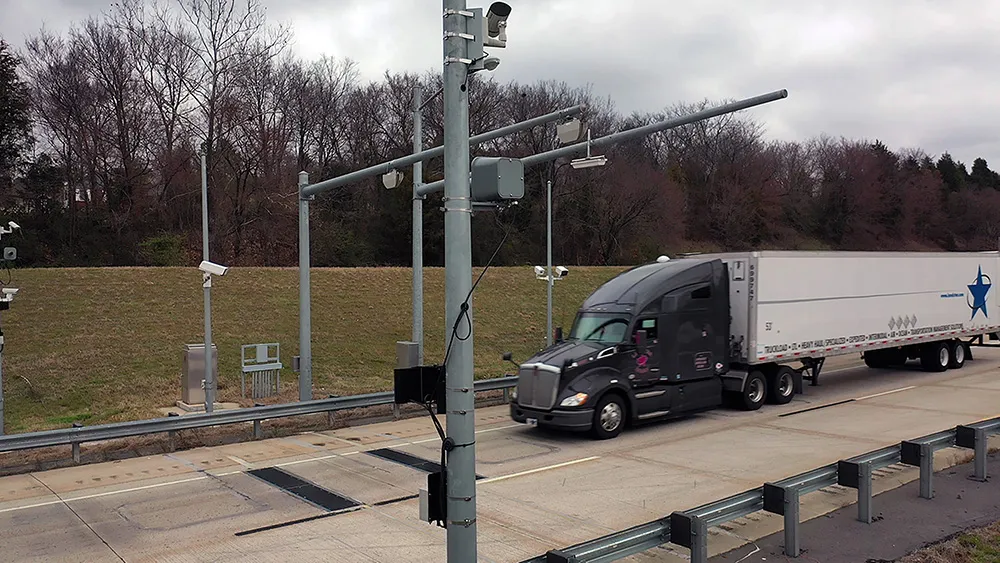
One of the biggest advantages of thermal imaging cameras in the field of tunnel safety is that they can effectively see through many types of smoke. This makes it the ideal technology for emergency response teams to find their way through a smoke-filled tunnel or for incident detection systems to spot incidents in time.
Meanwhile, Flir will be showcasing TrafiOne, an all-round detector for adaptive and responsive traffic control. Detecting and counting vehicles, bicycles and pedestrians at one intersection or across multiple intersections, Flir says TrafiOne helps traffic engineers determine travel behaviour, measure travel and delay times for different transport modes, and monitor congestion and signal performance of a road network 24/7. By seamlessly connecting to the Flir Cloud Analyser, the company says TrafiOne provides a bundle of tools to traffic engineers to monitor congestion and performance of their road network using the highest resolution of intersection data.










